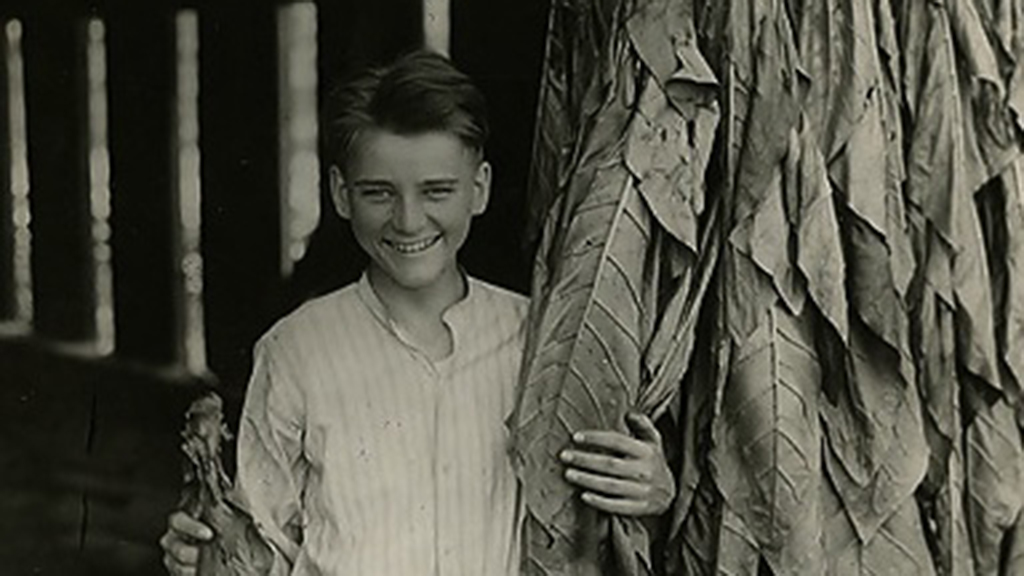Abstract
This case study uses the discovery and molecular structure of penicillin to teach basic chemistry concepts as they apply to biological and biologically-active molecules. Topics covered include the elements found in living things, electronegativity and polarity, the identification of chiral carbons in molecules, and the difference between structural isomers and stereoisomers. The case also helps students become more confident in interpreting skeletal diagrams (the chemical shorthand for representing molecules without explicitly drawing carbons and hydrogens) throughout their biology education. Such skeletal diagrams are often shown in introductory biology textbooks, but not "decoded" for students until later in their chemistry education. The case was developed specifically for use in a flipped classroom and there are several videos, including one created by the author, which students watch for homework so that they can better spend their time on group work in class. The case is appropriate for students in a cellular-/molecular-focused introductory biology course for majors and does not assume extensive chemistry preparation beyond what is presented in introductory biology texts.



